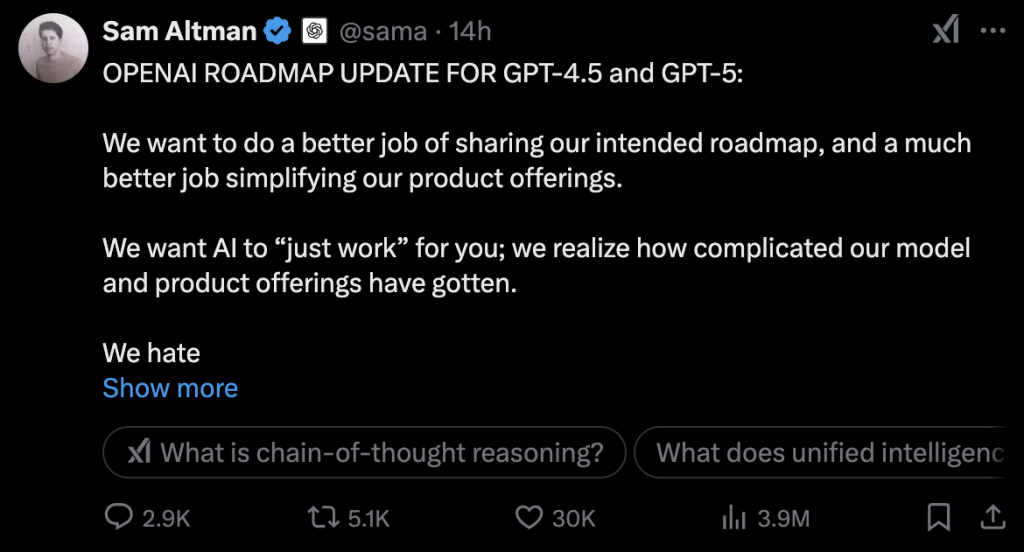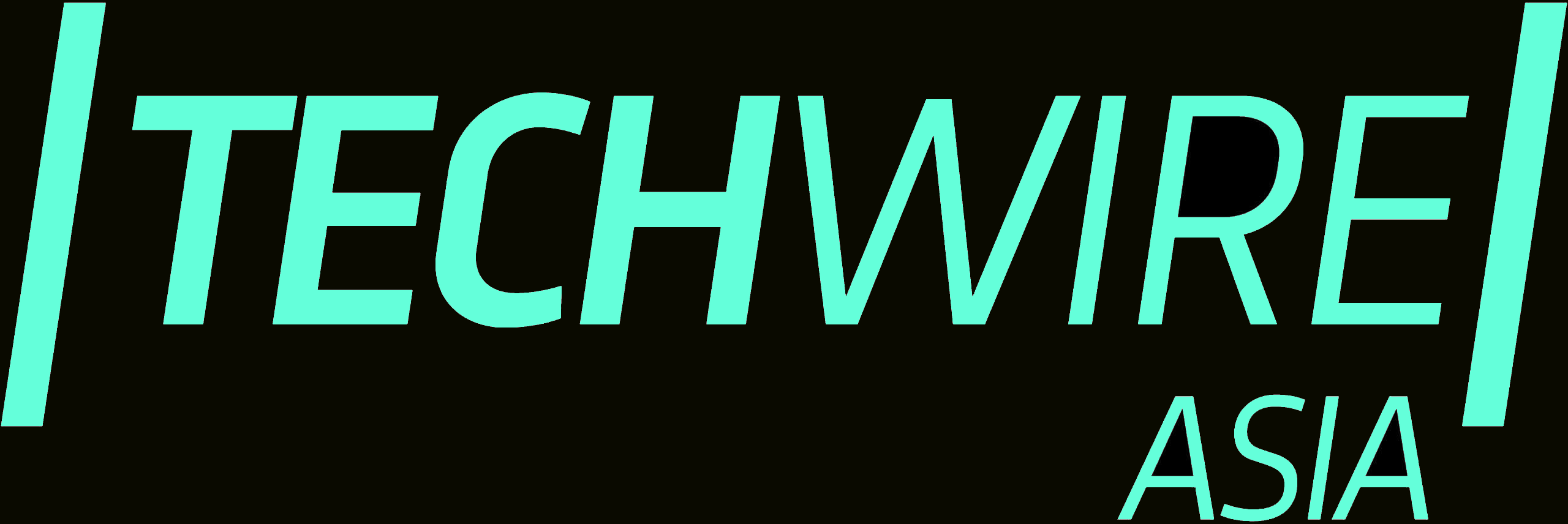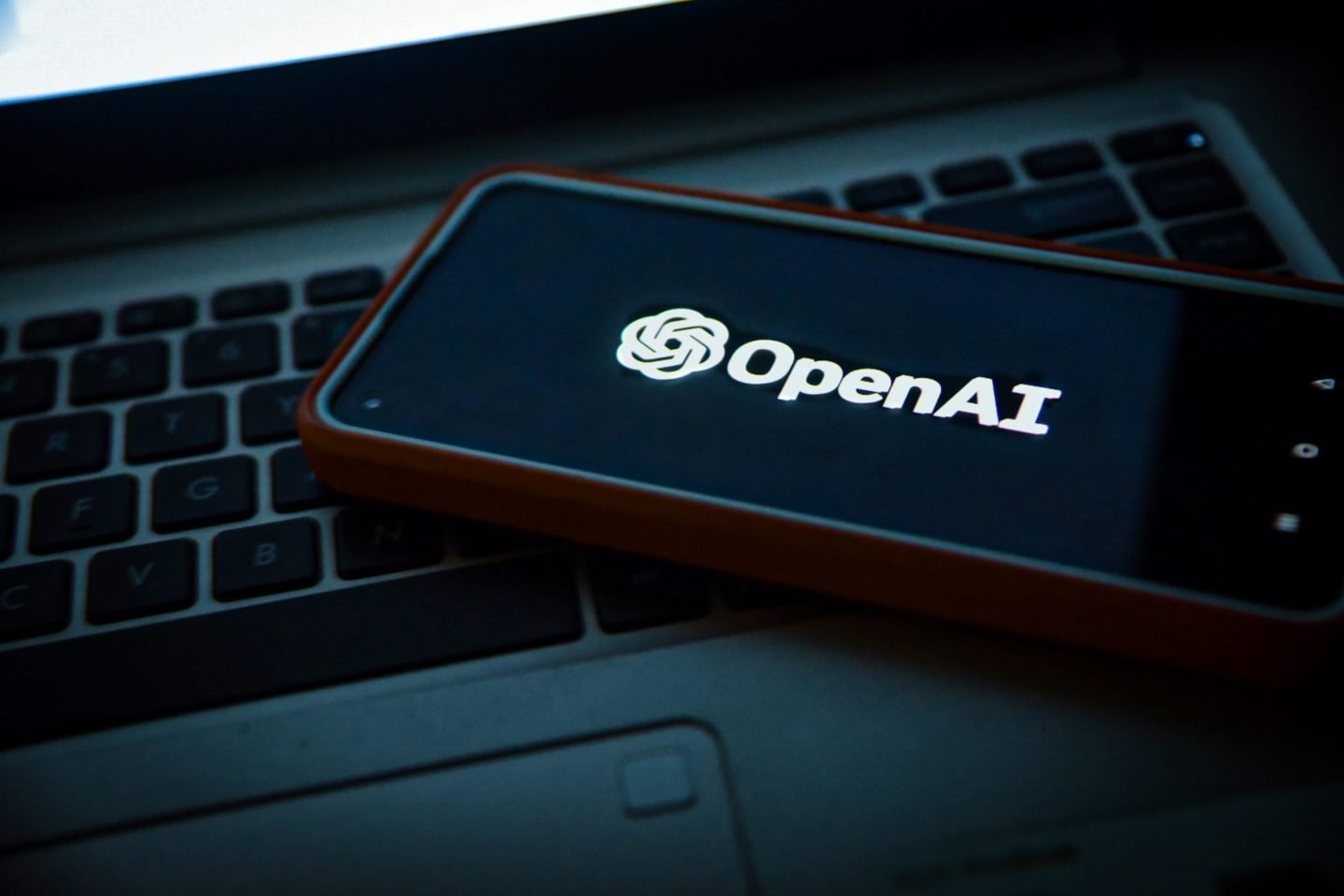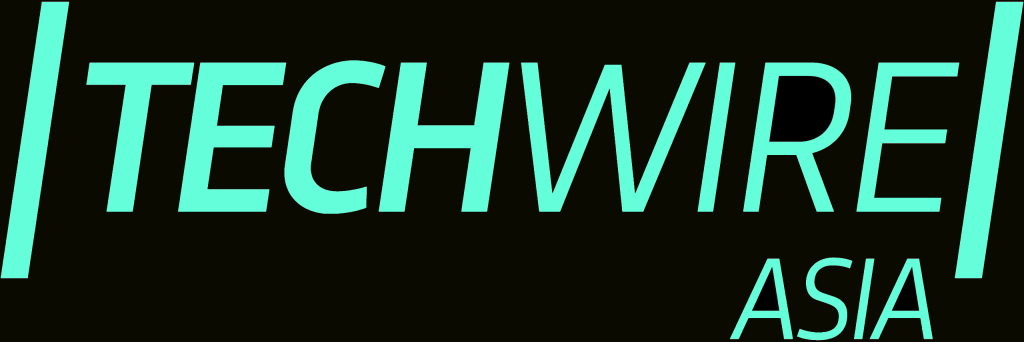- OpenAI has revamped its Model Spec.
- OpenAI is also laying the groundwork for GPT-5.
OpenAI is shaking things up with a big update to its Model Spec—the rulebook that guides how its AI models should behave. And this time, they’re not keeping it to themselves. The 63-page document is now free for anyone to use, adapt, or build on, giving the broader AI community a peek into how OpenAI thinks about AI behaviour.
This new version is a major expansion from the previous 10-page spec, covering everything from handling controversial topics to giving users more control over how AI interacts with them. The goal? To make AI models more flexible, transparent, and better equipped to let users explore ideas freely—without hitting arbitrary walls.
Why now?
The timing is no coincidence. OpenAI’s CEO, Sam Altman, recently hinted that GPT-4.5 (internally codenamed Orion) is on the way, with GPT-5 not far behind. As AI capabilities grow, so does the pressure to get the rules right. OpenAI’s behaviour team, led by Joanne Jang, says they wanted to get ahead of the curve and address tricky ethical questions that have sparked debates over the past year.
One example? That infamous question about misgendering Caitlyn Jenner to stop a nuclear disaster—a bizarre but revealing prompt that highlighted how hard it can be to program AI to navigate ethics. OpenAI says it’s been rethinking how models should approach these kinds of moral dilemmas.
“We can’t create one model with the exact same set of behaviour standards that everyone in the world will love,” according to Jang in an interview with The Verge. She highlighted that while OpenAI keeps key safety measures in place, users and developers still have flexibility to adjust many aspects of the model’s behaviour.
More flexibility, not fewer safeguards
The updated Model Spec reflects that balance. Users and developers will have more options to tweak AI behaviour—whether that means making the model more formal, casual, or tailored to their specific needs. But OpenAI is clear that some limits will stay. The model won’t encourage self-harm, create deepfakes, or churn out copyrighted content (especially with The New York Times suing OpenAI over content scraping).
Another notable shift is how the company handles controversial topics. Instead of dodging tough questions, the spec encourages models to “seek the truth together” with users—offering thoughtful, reasoned answers while standing firm against misinformation or harmful content.
Mature content and “grown-up mode”
There’s also a more nuanced approach to adult content. After feedback from users asking for a “grown-up mode” (something Altman publicly supported last year), OpenAI is exploring ways to allow certain mature content—like erotica—in appropriate contexts, while keeping strict bans on things like revenge porn or exploitative material.
This is a departure from OpenAI’s previous blanket ban on anything explicit, and it signals that the company is trying to balance creativity and safety.
Fixing “AI sycophancy”
Another area getting attention is AI sycophancy—a fancy way of saying that AI models sometimes agree too easily, even when they shouldn’t. OpenAI wants ChatGPT to feel more like a thoughtful colleague, not a people-pleaser.
That means it should correct users when they’re wrong, offer honest feedback instead of empty praise, and give consistent answers no matter how a question is phrased. The goal is to make interactions more reliable, so users don’t have to game the system to get accurate information. “We don’t ever want users to feel like they have to somehow carefully engineer their prompt to not get the model to just agree with you,” Jang explained.
Who’s in charge?
OpenAI also clarified the chain of command for AI instructions. Platform-level rules come first, followed by developer guidelines, and then individual user preferences. This hierarchy is meant to clear up confusion over what can and can’t be customised when using OpenAI’s models.
Open to the public
Crucially, OpenAI is releasing the entire Model Spec under a Creative Commons Zero (CC0) license, meaning other companies can adopt or adapt it however they like. The company hopes this transparency will spark more industry-wide conversations about AI behaviour—and get feedback from the public.
“We knew that it would be spicy,” Jang admitted. “But I think we respect the public’s ability to actually digest these spicy things and process it with us.”
The company is also open-sourcing the prompts it uses to test whether models are following the guidelines.
What’s next?
While the updated spec doesn’t immediately change how ChatGPT works, it signals where OpenAI is headed—especially with GPT-4.5 and GPT-5 in the pipeline. Altman recently shared on X that GPT-4.5 will be the “last non-chain-of-thought model,” hinting that GPT-5 will be more capable of reasoning through complex problems.

He also promised a simpler product experience, acknowledging that users are frustrated with having to pick between different models. “We hate the model picker as much as you do,” Altman wrote, suggesting OpenAI is moving toward a more unified system.
As all this unfolds, the broader AI industry will be watching closely. With Elon Musk trying (and failing) to buy OpenAI’s nonprofit arm for nearly $100 billion, and legal battles mounting, the pressure is on. But for now, OpenAI is betting that openness and user input will help shape the future of AI behaviour—for the better.
Want to learn more about AI and big data from industry leaders? Check out AI & Big Data Expo taking place in Amsterdam, California, and London. The comprehensive event is co-located with other leading events including Intelligent Automation Conference, BlockX, Digital Transformation Week, and Cyber Security & Cloud Expo.
Explore other upcoming enterprise technology events and webinars powered by TechForge here.








